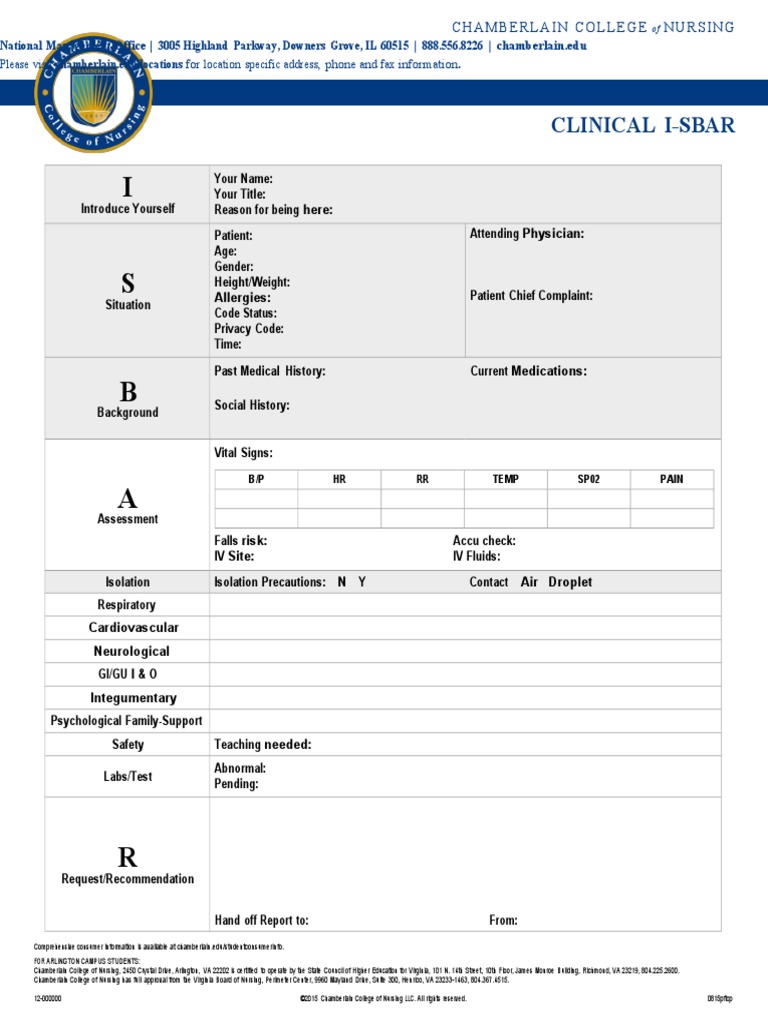Clinical Paperwork Explained: Your Essential Guide

Clinical paperwork forms the backbone of patient care, providing a legal, ethical, and operational framework for healthcare providers. Whether you're a new medical professional or a seasoned practitioner, understanding clinical paperwork is crucial. Let's dive into what it entails, why it matters, and how to manage it effectively.
Why is Clinical Paperwork Important?

Clinical paperwork serves several key purposes:
- Documentation of Care: Accurate records ensure that every interaction with a patient, from diagnosis to treatment, is well-documented.
- Legal and Regulatory Compliance: Proper documentation helps institutions comply with laws and regulations, protecting both the practitioner and the patient.
- Communication: Serves as a medium for healthcare professionals to communicate effectively among themselves for consistent patient care.
- Billing and Reimbursement: It forms the basis for medical billing and insurance claims.
- Quality Improvement: Enables tracking of patient outcomes for quality improvement initiatives.
Types of Clinical Paperwork

Healthcare involves a variety of documents, each with a specific purpose:
- Patient Registration Forms: Collect demographic and contact information at the beginning of care.
- Medical History Forms: Document past illnesses, surgeries, allergies, and other critical health information.
- Consent Forms: Legally required to ensure patient consent for treatments or procedures.
- Progress Notes: Detailed documentation of patient conditions, treatments, and responses over time.
- Discharge Summaries: Outlines post-discharge care instructions and follow-up appointments.
- Pathology Reports: Summarize lab findings, often crucial for diagnosis.
Managing Clinical Paperwork

Here are some strategies to handle clinical paperwork effectively:
- Digitization: Adopt electronic health records (EHRs) to reduce paper usage, improve accessibility, and enhance data security.
- Checklists and Templates: Use standardized templates to ensure all necessary information is captured consistently.
- Training: Regularly train staff on the importance of documentation and how to do it correctly.
- Compliance Reviews: Implement audits to ensure paperwork meets compliance standards.
- Patient Engagement: Encourage patients to contribute to their records through patient portals.
Clinical paperwork might seem like a cumbersome administrative burden, but it's essential for the seamless delivery of healthcare. By understanding its importance, types, and management strategies, healthcare professionals can ensure quality care, compliance, and continuity of patient treatment.
✍️ Note: While electronic health records (EHRs) are becoming standard, ensure backups and that all staff are trained in data security to protect patient information.
What happens if clinical paperwork is not done correctly?

+
Incorrect or incomplete clinical paperwork can lead to medical errors, legal issues, non-compliance with regulatory standards, and can affect the continuity of care, potentially jeopardizing patient safety.
Is there a legal requirement for keeping patient records?

+
Yes, laws and regulations in many countries mandate the retention of patient records for a specified period. This is to ensure that records are available for audits, legal proceedings, or to meet patient requests for their medical history.
How can we improve the efficiency of clinical paperwork?

+
By transitioning to electronic health records, utilizing standardized forms, automating data entry where possible, and providing ongoing staff training, healthcare facilities can significantly improve paperwork efficiency.